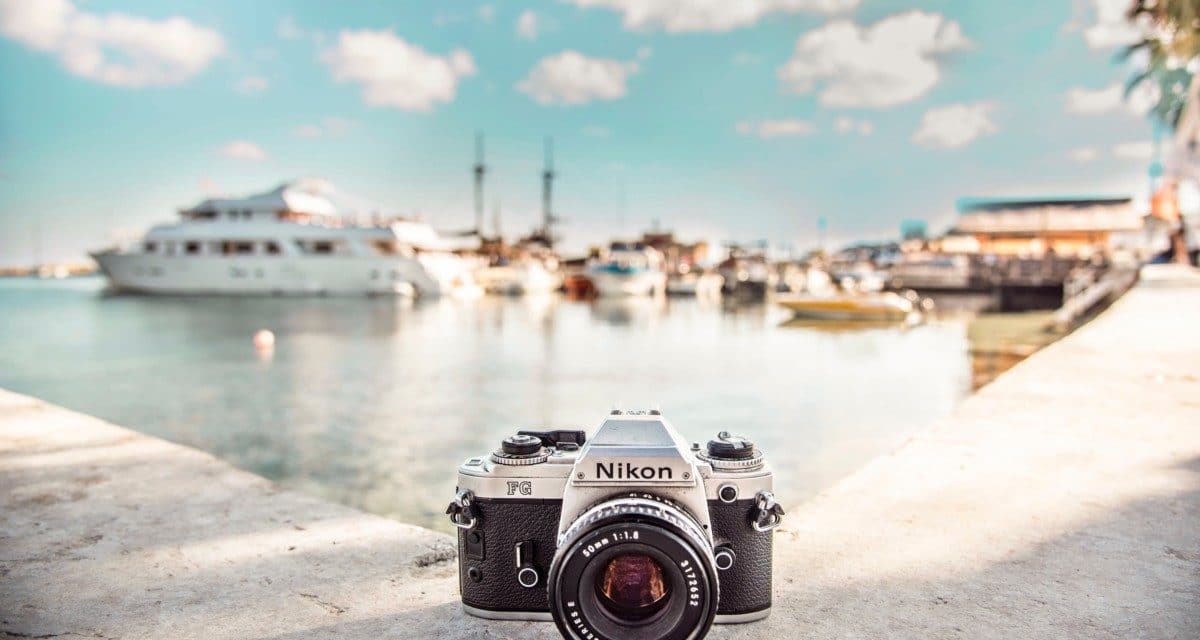[ad_1]
When people start taking photographs with their first Digital Single Lens Reflex (DSLR) camera, the exposure is the basic thing which gives them a lot of trouble. But what is this key thing “exposure” is? Let's have a discussion.
Basically the term exposure in modern DSLR photography indicates to the time, amount and sensitivity of the light to which an image sensor will be exposed. This exposure can be controlled by three things, known as Shutter speed, Aperture and ISO.
In this article I am going to discuss about the Shutter Speed. This is the time for which the shutter will remain open and the light through the lens will fall on the image sensor. Here are some facts about shutter speed –
It is indicated by some numbers like 1/10, 1/200, 1/4000, 1/2 etc. Basically it is always calculated by the fraction of a second, which means, 1/2000 shutter speed indicates the single unit of the time which we will get if we break 1 second into 2000 equal units.
· Faster the speed of shutter, the sensor will be less exposed to the light. Faster shutter speeds are often required to capture very fast moving subjects like a panther chasing a deer or a formula one car at its top speed.
· Fast shutter speed is one of the key things to freeze a subject which is a quintessential part of Sports Photography or Wildlife Photography.
· Typically, a highest shutter speed in an entry level to mid-level DSLR camera is 1/4000 which extends to 1/8000 in the professional DSLR bodies.
· A slow speed is also a very much handy tool for creative photography. When you are at a place with low light, it is necessary that the image sensor is exposed for a long time to capture your picture perfect image. Suppose you are eager to capture the Taj Mahal on a moonlit night, then the slow speed is the main thing which is going to help you to get your dream image.
· It is treated as a slow one when it became 1/10 or slower than that though there is no hard and fast rule for defining slow ones.
· Main obstacle often photographers face while handling a low light environment with a slow speed is the blurred effect in image known as motion blur and camera shake.
· The motion blur is caused by anything (a car or a person) which was in motion during the exposure time. A slightest movement in someone's body can also cause a motion blur when you are capturing images in slow shutter speeds. So, be aware of movement during shooting. But this motion blur could be interesting and an effective tool for creativity if you can handle it efficiently and intelligently.
· The camera shake is caused by the movement of body or parts of the body of the photographer. Though you might think that it is very little and nominal, but your high precision DSLR treats it huge like you treat the earthquake. To eliminate this problem, a sturdy tripod must be used.
· A remote shutter release cable with a sturdy tripod is the best combination when you are planning to capture photographs at night with slow and long shutter speeds.
· The slowest one in almost every DSLR camera is 30secs, after which it gives an option known as “BULB”, in which the shutter remains open as long as the shutter release button is pressed.
Special Tip:
Always keep it in mind that, the slower your shutter speed is, your camera gets hungrier for power and it drains out the battery faster. So, it is the best option to keep a fully charged spare battery for your camera when you are planning to take a good number of long exposure shots.
[ad_2]
Source by Debayan Roy

